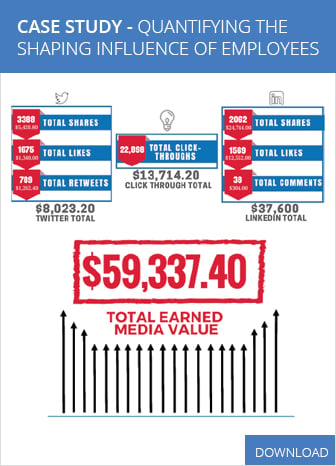Three Ways for New Entrepreneurs to Better Manage Their Time
Time management is one of the unspoken challenges of every new entrepreneur. At the starting gate, one has just so many things to take care of, and so little knowledge of what steps to take, that time wasted might be the best measure of start-up costs.
How does a clueless inventor or idea maker transition to entrepreneur without chocking up weeks of to-do list time?
Phillip Olcese and Liz Grow opted for a pre-planned path, a sort of founder's template, when setting up SnapSitter, a soon-to-be launched app that would link babysitters with parents who need help.
First-time entrepreneur Phillip found the biggest challenge was just getting organized, because there were so many small steps to take, so many things to consider. He wanted to be able to focus most of their energy on building a top-notch platform.
Liz, who has started two previous businesses, hasn't found the distraction of the operational to-do list any less challenging.
"Each time I start a business, there is so much to learn about current business resources, new technologies, and standard practices. I wasn’t entirely confident with my decisions. With SnapSitter, we turned to ChooseWhat first, and saved so much time getting our business off the ground. We've been able to focus more as a result."
Having a list helps an entrepreneur stay on track. Having the resources at hand, attached to that list, saves a lot of running around.
Another way to save a lot of running around is to sign in to a business incubation center. The first such center appeared in 1959 in New York - the Batavia Industrial Center. Since then, hundreds of these centers have sprouted up around the world, typically offering a combination of office space, expert advisors and peer support to take an entrepreneur from idea to launching a company.
Syracuse, NY, has two such centers. The Tech Garden was launched over a decade ago by the Syracuse Chamber of Commerce, with a mission of bringing together entrepreneurs, mentors and investors. This cuts down on the time an entrepreneur has to spend finding the resources he needs. Having instant access to mentors and an open door to investors means that a new business can focus its time on the meat and potatoes of its products, structure and staffing, as its website states:
"As an entrepreneur, you understand the importance of focusing your time, energy and resources on business growth. The Tech Garden provides the physical, educational, networking and capital formation support you need to accelerate success."
Meanwhile the South Side Innovation Center was launched by the Syracuse University’s Whitman School of Management, tapping into the University's resources to provide advice and services to bolster both "emerging and mature business".
Mike Leigh is a business advisor at the Peace Arch Business Center in Blaine, WA. He describes the center as a template for enabling businesses, both new and old.
Some incubation centers might limit participation to pre-launch companies, sometimes even putting a time limit on their stay to six or eight or twelve months. The Peace Arch Business Center welcomes any small business, new or old, that feels it needs ongoing support.
Mike says that one of the big challenges he sees with budding entrepreneurs is clarity.
"They often lack clarity of what they want to do, where they want to do it and the purpose and need that their product or service fills. They waste a lot of time heading in the wrong direction or in too many directions. That's something they can be coached on, but until they get it straight, their business is heading for rocky shores. And they waste a lot of time getting there."
The Peace Arch model relies heavily on peer support. A solopreneur mixes and mingles with other small business people, picks up tips, asks questions and learns in a way that she would not working from a basement. And when she needs it, there are services like Mike's on site that she can leverage.
Seeking out a business coach for one-on-one consulting is a third way that a budding entrepreneur can help focus his energies and save time running around looking for simple answers. Tor Refsland is known as The Time Management Chef, and he helps new businesses, businesses seeking transformation and brick and mortar business wanting to make the leap to the Internet.
For Tor, time is of the essence, "The only way to survive your first year is to start generating income ASAP, while keeping your costs as low as possible."
His strategy for saving time is to help bring clarity to his client's business, using these five criteria:
- Narrow down his existing niche
- Build the business around his strengths
- Find his unique value proposition (why should people buy his services / products)
- Create a consistent message of his brand
- Make the message on his website, free opt-in (capture subscribers), email sequence, sales page and product /service, be strategically aligned and on topic
Rushing from idea to the market in an attempt to outrace bankruptcy is not the image that makes entrepreneurship sexy. But it is the reality for any start-up. Focusing on one's core strategy and taking care of operational requirements efficiently means getting to market before it's too late. Having access to a complete operational kit, setting up camp at an incubation center or hiring a private coach are three ways to beat the clock.
Edited by Stefania Viscusi











